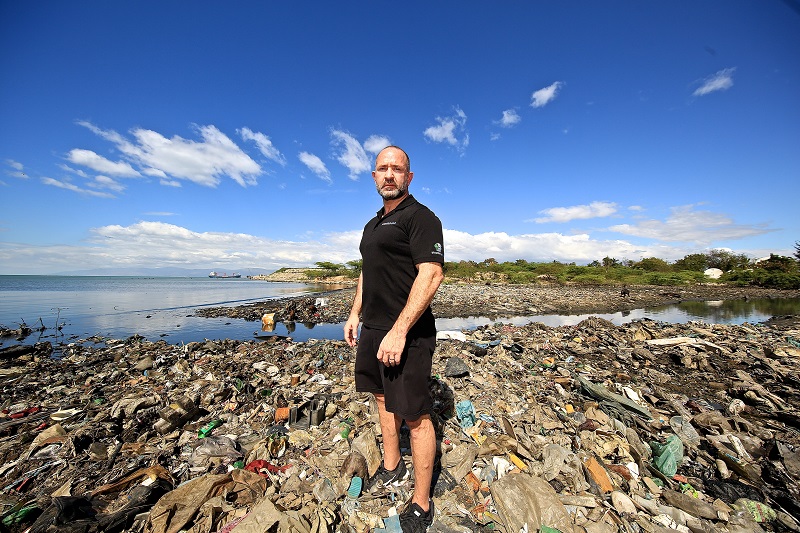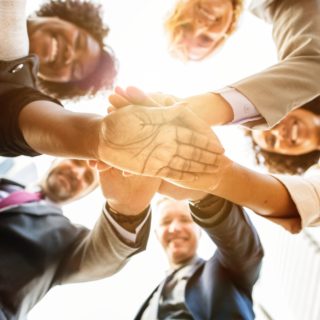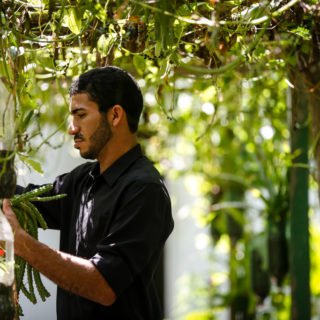David Katz is founder and CEO of the Plastic Bank, a company that aims to stop plastic pollution by turning waste into currency. In areas with official Plastic Bank stores, collectors can turn in plastic waste and either receive cash, or credit in an online account, which can then be used to purchase everything from insurance and phones to cooking fuel and stoves. We talked with Katz about why making plastic valuable can help stop it from entering the ocean while also reducing poverty.
UN ENVIRONMENT (UN) – There are many companies and organizations working to end pollution and poverty. What makes the Plastic Bank different?
DAVID KATZ (DK) – It’s estimated that there are over 150 million tons of plastic in the ocean, with a garbage truck of plastic entering the ocean every minute. There isn’t a single solution, and I think it’s important to communicate that we need an army of people to solve this issue. What makes us unique is that we recognize the value in the 8.3 trillion kilos of plastic that’s ever been produced, almost all of it still here as waste. It’s difficult to estimate, but well under 500 billion could alleviate all forms of poverty around the world. And if we take that 8.3 trillion kilos of plastic at roughly 50 cents per kilo, we’re unleashing a 4 trillion-dollar market opportunity for the world.
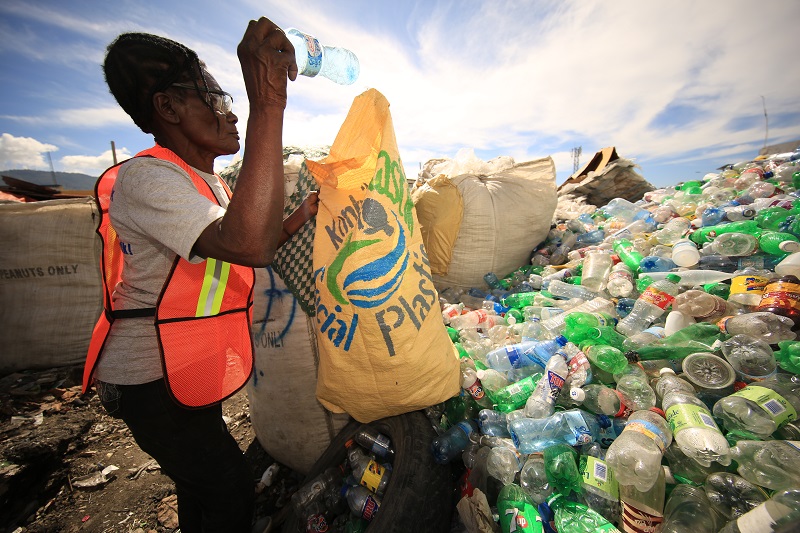
(Photo: Plastic Bank)
UN – How do you put a value on plastic waste?
DK – We give plastic value by using it as money. Our collection centers accept it as a currency in return for goods and services, and we sell that as a raw material into manufacturing, closing the loop in the circular economy. I like to talk about this parable of acres of diamonds. If you’re walking over diamonds, and there’s no bank, no store, nothing you can do with them, they stay on the ground as rocks. We give value to plastic and get if off the ground by accepting it as a form of currency. Once we do that it’s not litter. It’s cash. No one throws cash on the ground.
UN – Why does this model work?
DK – Our model works because we don’t differ from the traditional recycling industry. In fact, we want to be world’s largest recycling company. What makes us unique is we’re recycling for the masses, cutting out the middleman and ensuring the poor make the most. Additionally, when plastic is of value and being collected, it’s easier to recycle, because it doesn’t collect the waste and degrade like it traditionally would sitting in the canals or entering the ocean and floating back to shore.
There is demand for our product because we have our own category, Social Plastic, which is certified to have been contributed or sourced directly from the Plastic Bank. We’ve already partnered with several companies; Marks & Spencer, Henkel, Shell. Our customers are most enlivened by knowing that it is not just recycled material. That it’s a material with value that is transferred through lives.
Additionally, we are a for-profit business. We are focused on profitability and providing our product at the lowest possible cost, period. Non-profits deplete money as slowly as possible. For-profits multiply the same pool of money as quickly as possible. It’s been proven that for-profit has the greatest opportunity for impact. Both good and bad, by the way. But put to the force of good, it’s unlimited.
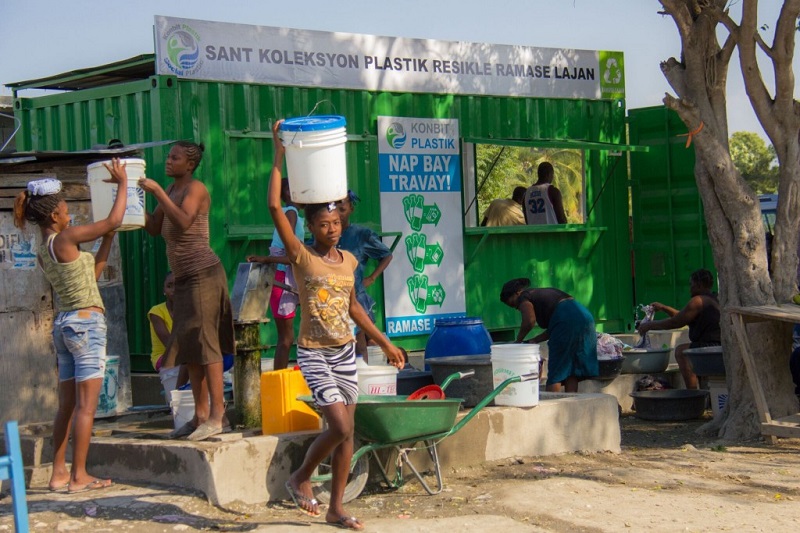
(Photo: Plastic Bank)
UN – Where are you located and what are plans for expansion?
DK – We’ve been operating successfully in Haiti since 2015, and even have collection locations in schools so people can pay for their tuition directly. We expanded to the Philippines in 2016 and one of our global partners, Shell Energy, has a thousand stores at gas stations in the country that now also function as Plastic Bank collection locations. Staff have been hired for an expansion into Brazil and a philanthropist is sponsoring our entry into Indonesia. Plans are also in the works for Ethiopia and the horn of Africa, as well as India. We’re growing exponentially.
We probably get ten to twenty requests a day from people around the world asking for us to come into their community. There is a strong demand because we are a conduit for change. We’ve created an application so that anyone in the world can create their own recycling infrastructure wherever they are. They just need a collector, a redemption location, a collection location, a recycler, and a courier. Five simple easy components to create. We just need to oversee a few things and have someone in the country to authenticate the social nature, making sure children are not employed and things like that. But we provide a very simple way for anyone in the world to create a social plastic ecosystem.
UN – What is your end goal?
DK – Our goal is to monetize waste. To create a globally recognizable, tradeable currency for the planet. We need to eliminate the word waste, waste pickers, those things. We are creating an ecosystem that will ignite a social plastic revolution, that unites and enrolls humanity for local action that creates global impact.
#BeatPlasticPollution is the theme of World Environment Day 2018.
Published on 05/30/2018
